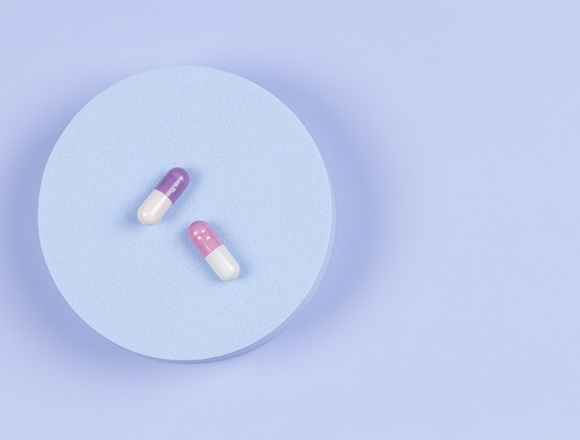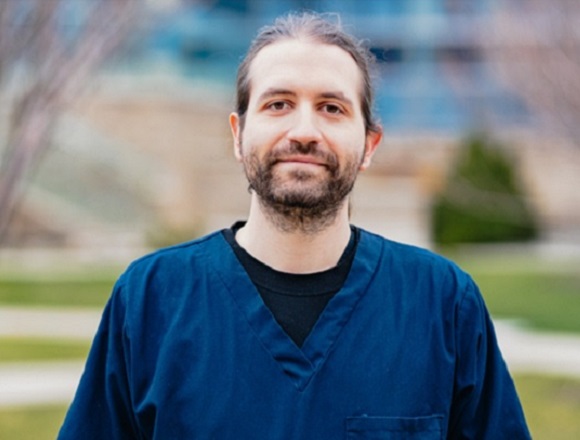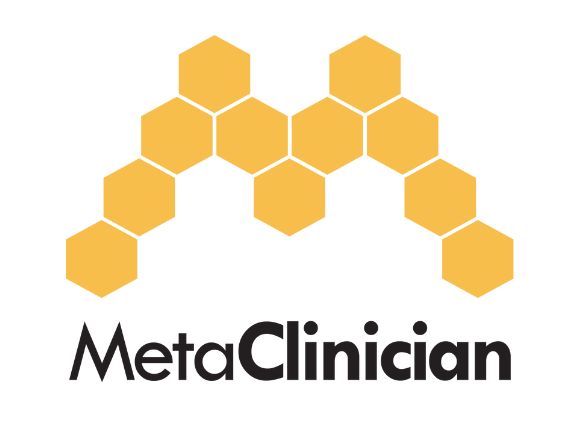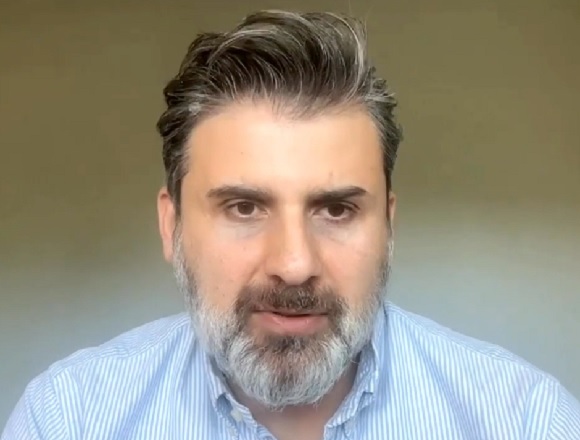Jean-Claude Tardif, MD, director of the Research Center at the Montreal Heart Institute and professor of medicine at the University of Montreal, engages in a discussion with Roman Jaeschke, MD, MSc, DPharm, critical care physician and methodologist, regarding the most recent RCT findings on colchicine in CAD.
For a Publications of the Week article discussing the COLCOT results regarding the use of colchicine after myocardial infarction in patients with diabetes, click here.
Contents
- Colchicine in patients with CAD
- Aspirin versus inflammation
- Recent studies on colchicine in CAD
- Use of colchicine in practice
- Ongoing research on colchicine in CAD
- Colchicine: Tolerance and adverse effects
Transcript
Roman Jaeschke, MD, MSc, DPharm: Good morning. Welcome to another edition of McMaster Perspective. Our guest today is Professor Jean-Claude Tardif, and the topic will be colchicine in coronary artery disease (CAD). Professor Tardif, maybe a few words about yourself to start with.
Jean-Claude Tardif, MD: Thank you for having me. My name is Jean-Claude Tardif, I’m a cardiologist and the director of the Montreal Heart Institute Research Centre, and I hold the Canada Research Chair in Precision Medicine and the University of Montreal Endowed Chair in Atherosclerosis.
Roman Jaeschke: Well, that sounds very impressive. Colchicine in Montreal seems to have a history. I remember a study in the coronavirus disease 2019 (COVID-19) [pandemic] coming out of Montreal, I believe, on colchicine, but let’s concentrate on CAD. Why should it work? What’s the theoretical basis here?
Jean-Claude Tardif: Yes. Well, there has been a large number of studies, both preclinical and clinical, that have shown the central role of inflammation in atherosclerosis, including CAD. Atherosclerosis actually is an inflammatory disease. The artery wall is filled with different cell types: monocytes, macrophages, lymphocytes, and neutrophils, as well as several cytokines and chemokines, and there have been studies showing, preclinically, that when you reduce inflammation, you favorably affect atherosclerosis. There have been a few large studies that have shown that when you reduce inflammation, by different ways by the way, in patients with CAD, you improve cardiovascular outcomes.
Roman Jaeschke: All right. Well, I guess when you are talking about anti-inflammatory influences… aspirin would be—I’m sorry if I’m saying something completely wrong—but aspirin has a lot of anti-inflammatory [properties] influencing your cytokines. But let’s talk about colchicine. It caught my eye...
Jean-Claude Tardif: Well, let me get back to what you just said so that people understand. At the usual dosage of 80 mg/d that we use with aspirin, it has no really significant anti-inflammatory effect. The second thing is—I was not going to go into all the molecular aspects—but it’s not just any anti-inflammatory agent that is going to improve cardiovascular outcomes. It appears that the interleukin (IL)-1/IL-6 pathway is probably one of the most important in the pathophysiology of atherosclerosis, so inhibiting cyclooxygenase 1 (COX-1) with aspirin would not be the significant pathway to use to reduce cardiovascular events in patients with CAD.
Roman Jaeschke: Well, thank you for clarifying this. I probably shouldn't venture into waters that are unknown to me, but let’s try to summarize your own work, if you don’t mind. I think it started a good few years ago.
Jean-Claude Tardif: Sure. There have been 2 large studies, randomized trials, with low-dose colchicine—when I say low dose, it means 0.5 mg once per day—that have shown that when you reduce inflammation with low-dose colchicine, you improve cardiovascular outcomes. The 2 large studies are called COLCOT—the Colchicine Cardiovascular Outcomes Trial that we led and I can say a few words about that—and the second one is LoDoCo 2—the Low-Dose Colchicine 2 study that was conducted in Australia and the Netherlands.
Both studies were published in the New England Journal of Medicine (NEJM). The COLCOT, our study, was a study of 4745 patients, and the LoDoCo 2 study was a study of 5500 patients. Our study, COLCOT, again, was a double-blinded randomized study of patients who had suffered a myocardial infarction (MI) within the previous 30 days. Again, these patients were receiving all the right drugs you can imagine after an MI: 2 antiplatelet agents in 99% of patients and a statin in 99% of patients. Then patients were randomized to receive low-dose colchicine 0.5 mg once per day or placebo. The addition of low-dose colchicine to standard of care compared to placebo reduced the primary end point incidence by 23%. The primary end point was the composite of cardiovascular death, MI, stroke, and urgent hospitalization requiring coronary revascularization. The second study, LoDoCo 2, was in patients with stable chronic CAD and the primary end point of that study was reduced by 31% by low-dose colchicine, so very consistent results from 2 large trials.
Roman Jaeschke: Not only consistent but also quite large because you are cutting the risk by about a quarter, which is as good as any other medication for CAD that I know. You’ve just summarized it works also in the acute setting. I believe in your study it was started within 3 days? And then…
Jean-Claude Tardif: It was started within 30 days, but we did perform an additional subgroup analysis where we saw indeed that the patients in whom we started colchicine within 3 days got an even better result.
Roman Jaeschke: Right, right. So, very impressive results. Yet when I see patients with CAD in Hamilton, which is the epicenter of evidence-based medicine, I don’t see much colchicine being used. What’s the uptake of this medication in this condition in your experience?
Jean-Claude Tardif: It varies from region to region and from country to country. In Montreal we do use it, a fair amount. There are countries where it is being used quite a bit, like Australia. Colchicine is used fairly widely there. What is exciting, more recently the United States Food and Drug Administration (FDA) has approved low-dose colchicine for prevention of ischemic events with a fairly large indication. So gradually, I think, the uptake will improve.
I think it’s probably a similar story to what we observed 30 years ago with statins, where after one large study there was not a sea change of intensive use of high-dose statins, and it took a couple of studies to convince people that this is true.
There is another component to this story, or a reason why the uptake may be a bit slower than hoped. Unlike statins, or proprotein convertase subtilisin/kexin-9 (PCSK-9) inhibitors, or sodium-glucose cotransporter-2 (SGLT-2) inhibitors, where large pharma, the Big Pharma industry, is pouring hundreds of millions of dollars of marketing into this, obviously colchicine, with its cost of $0.50/d, is actually more of a threat to Big Pharma than anything else. So, there is not a lot of push behind this and that’s why discussions like this and more open dialogue hopefully will change positions and minds. Certainly, we’re quite thrilled that within the last year colchicine has entered the European guidelines, the American guidelines and, again, was approved by the FDA. I think over time… I have little doubt that one day we will see that the majority of patients with CAD will be treated with inflammation reduction therapy.
Roman Jaeschke: As of today, if you had your patient post acute MI coming out from acute admission to the Montreal Heart Institute, how many of them would be getting colchicine?
Jean-Claude Tardif: Probably now ~40%.
Roman Jaeschke: OK. Why? Why so little?
Jean-Claude Tardif: Well, for the reasons I mentioned: it is not being pushed systematically. If you go to the next meeting of the American College of Cardiology, probably when you go to your hotel room, there’ll be a picture—I am not making this up—a picture of a PCSK-9 inhibitor with the name of the company and the name of the drug on your hotel room and the key to your hotel room, whereas there is no such thing for a pill that costs $0.50.
Roman Jaeschke: I understand.
Jean-Claude Tardif: I think there needs to be more dialogue and I have little doubt [that inflammation reduction therapy with colchicine will become standard of care]. Now, obviously, we see several companies developing new anti-inflammatory agents. Paradoxically, when they’re all there and their drugs are shown to work, then physicians will be more likely to react. But I think things will change over time.
Roman Jaeschke: Maybe colchicine will be an alternative to tocilizumab, for example—you mentioned IL-6. I’m joking at the moment.
Jean-Claude Tardif: Well, there’s one pill that is orally administered and costs $0.50 a day, so I hope that people will come to realize that it makes a lot of sense to use it.
Roman Jaeschke: Right. Are you aware of any ongoing research with colchicine in CAD?
Jean-Claude Tardif: Oh sure, there are several studies. Actually, this year there’ll be the large CONVINCE trial from the United Kingdom that will be reported. This is a study of low-dose colchicine in patients after stroke.
But going back to CAD, there is also a large study after MI, ST-segment elevation MI (STEMI), that is called the CLEAR SYNERGY that is conducted out of McMaster. We are also running a large study of 10,000 patients in primary prevention. We’re very excited about this. The COLCOT-T2D trial—10,000 patients with type 2 diabetes in primary prevention, that is, patients should not have suffered an MI in the past—where we are testing the role of inflammation reduction in type 2 diabetes specifically.
Roman Jaeschke: Well, that is quite something. Our interview is directed at frontline clinicians. Is there any experience you could share with them in terms of what to look for in terms of tolerance or side effects if they decide to start this low-dose colchicine?
Jean-Claude Tardif: Yes, thank you for the question because often when people think of colchicine, they think about gastrointestinal (GI) symptoms, and specifically diarrhea. So, a couple of things here. We’re talking about the use of colchicine 0.5 mg/d. Not higher doses. A couple of points before I talk specifically about tolerability. Sometimes I hear, “Well, what’s the difference between 0.5-mg and the usual 0.6-mg dose?” Without being too facetious, the answer is 0.1 mg. But more than that, when people say, “Well, it makes no difference,” I’m old enough to have used quite a bit of digoxin and you know that there’s a big difference, let’s say, in old people, between using 0.125 mg and 0.10625 mg daily. So that’s a difference of <0.1 mg and it can make a world of difference to tolerability, particularly in old people.
Getting back to tolerability of low-dose colchicine, if you go back to our own NEJM paper reporting COLCOT, there was not even a significant increase in the incidence of diarrhea with low-dose colchicine compared to placebo in that study. So that was even surprising to us. The drug is fairly well tolerated. If you go to LoDoCo 2, where there was a period where everyone, before being randomized, received colchicine, which was not the case in our study, you can expect perhaps 7% to 8% of people that might have some GI-related side effects. There are some very practical tips for clinicians. We’re in no hurry of starting that therapy and obtaining maximal effects, so if someone has a side effect, maybe loose stools or diarrhea, you can give them a holiday of a few days and restart with colchicine every other day for 2 weeks. In my experience, the majority of patients then will tolerate low-dose colchicine very well. So that’s one way of doing things.
I personally not uncommonly would explain all of that to patients and will say, “You know, we’re in no hurry, so let’s start from the get-go low-dose colchicine 0.5 mg every other day. You’re going to get used to it for a week or two and then, if you tolerate it well, go to a full pill every day, 0.5 mg/d,” and realizing that some patients might not tolerate it, I tell these patients, “Well, if you don’t tolerate it, let’s just stop it and we will [see]…,” but the vast majority of patients will tolerate it.
The other thing I would tell clinicians, to get to your question, there’s a disease we don’t see that often in Canada that’s called familial Mediterranean fever (FMF), which is quite common in patients living in countries around the Mediterranean Sea. These patients are treated for life with colchicine. Not with 0.5 mg, not with 0.6 mg, but with 1.8 mg per day for life, so that drug is actually better tolerated than people say. I would say [to clinicians], test colchicine in your patient. For the clinician, in a patient who complains of polypharmacy, “Oh, doc, I’m taking too many pills,” well, it’s probably not wise to start colchicine; but in the patient who is truly concerned [about cardiovascular health], saying, “Doctor, I am concerned about suffering from a stroke,” you can say, “Well, there was a large reduction in the rate of strokes with colchicine in COLCOT and in a meta-analysis as well.”
Roman Jaeschke: There are very few interventions that cut a quarter of your risk, so the higher your risk is, the more benefit you have. In today’s medicine we make decisions together with the patients, so it’s important information for the patient. Professor Tardif, I’m very grateful for it. It’s puzzling to me why it is not taken up more than it is, but I guess our interview will probably help a few people avoid heart attack or stroke down the road. I’m very grateful for your time. Thank you.
Jean-Claude Tardif: Thank you so much.
 English
English
 Español
Español
 українська
українська











